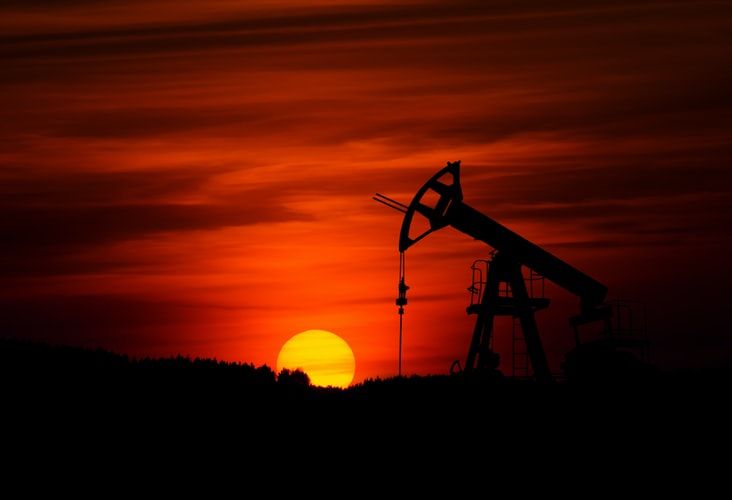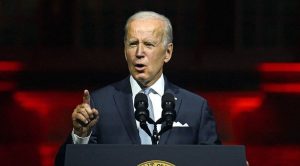Oil prices surged in early Asian trading on Friday, as investors speculated on how aggressively the US Federal Reserve may raise interest rates to tackle rising inflation.
Also Read| Trending Stocks: Bharti Airtel, Torrent Power, ACC and others in news today
Brent crude futures for September delivery rose $1.36, or 1.34%, to $100.46 a barrel on Friday, while WTI crude rose 1.04$, or 1.09%, to $96.80 a barrel.
Also Read| Trade Setup: Top 15 things to know before market opens on July 15, 2022
On Thursday, West Texas Intermediate fell below $96 per barrel. Recently, futures broke through $91 a barrel, the lowest level since late February, when crude began its climb into the triple digits.
Also Read| Stocks that should be on your watchlist on Friday, July 15, 2022
Broader markets rebounded from the day’s lows as Federal Reserve officials reassured traders who were expecting an even faster pace of rate hikes following a hotter-than-expected monthly inflation report. Oil futures have been falling since early June, owing to growing concerns that the United States may be dragged into a recession.
Also Read| India’s WPI inflation eases to 15.18% in June from record high of 15.88% in May
Nevertheless, the global oil supply remains constrained, as seen by time spreads that indicate a significant premium for immediately accessible barrels. According to Goldman Sachs Group Inc., the market is “screaming” tightness, with this week’s selloff being driven by weak liquidity and technical considerations.
Also Read| US inflation rate at a 40-year high | A timeline: 1930-2022
“Oil has been the last major risk asset to start falling, as the supply was previously very tight,” said Fawad Razaqzada, market analyst at City Index. “The supply is not plentiful yet, but concerns that demand is going to weaken is what is driving prices right now.”
Also Read| US inflation hits 9.1% in June, highest in 40 years
President Joe Biden arrived in the Middle East on Wednesday, just as a report revealed that US inflation hit a four-decade high last month, with energy costs accounting for much of the increase.
Also Read| Why interest rates are being hiked globally?
There are hints that rising US fuel prices are having an impact on consumption. According to the Energy Information Administration, US gasoline consumption fell to its lowest level for this time of year since 1996, even falling below the same week in 2020.
Also Read| Impact of US Feds’ biggest rate hike since 1994 on India
On a seasonal basis, the four-week rolling average of gasoline demand was the second-lowest since 2000. Meanwhile, crude inventories increased by 3.25 million barrels.
Also Read| Why US inflation is going up and when will it come down
The outlook for oil demand has also been hampered by recent Covid-19 outbreaks in China. The outbreak in Shanghai looks to be lessening, but other areas are being shut down and subjected to restrictions in order to prevent the virus from spreading.






